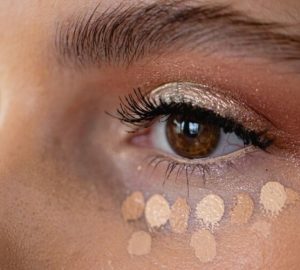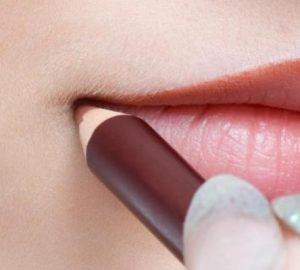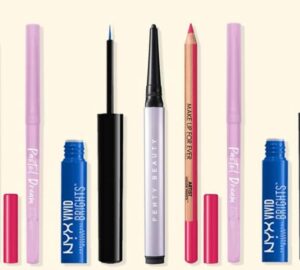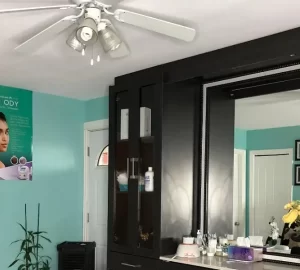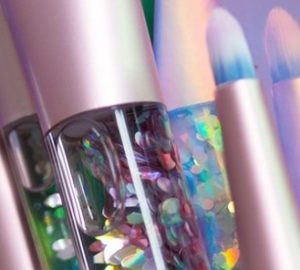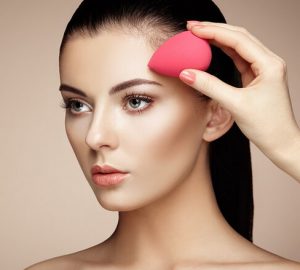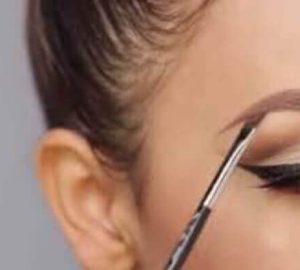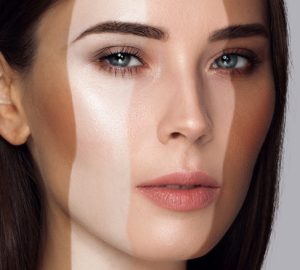Skin issues like acne and dark circles can be difficult to deal with, particularly before an important event. Despite the abundance of skincare products and treatments available, color correcting may be the solution you’re looking for. Makeup artist William Scott explains that color correcting involves using different pigments to neutralize the color of skin issues, making them easier to cover. This technique is founded on color theory, which suggests that using the opposite shade on the color wheel to your skin discoloration will balance the two hues.
While color correcting isn’t a long-term solution for skin issues, it does let you cover up the problem without worrying about it. It’s an easy hack to ensure those unwanted zits and dark circles are not as prevalent once you apply your makeup. Even though color correcting is simple, there are a few rules to remember to fix those skin issues accurately.
Products are available — click below to view them!
SEE DETAILS ON EBAYWhich color corrector should you use?

Andrei Lavr/Shutterstock
Deciding which color corrector to use will depend on what skin issue you want to cover up.
According to makeup artist Tasha Brown, there are specific rules you should follow when deciding which corrector to use.
- Green color correctors will cover up redness and signs of rosacea.
- Purple covers up dull skin that appears dehydrated.
- If you need help combating dark circles, orange-tinted or peach correctors will do the trick.
- However, if you only have a small area of redness or hyperpigmentation, reaching for a yellow color corrector is best.
- If you have both hyperpigmentation and dull skin, you can use a pink color corrector to help hide both issues.
Although these colors are universal in the issues they help combat, it’s important to choose orange or peach correctors based on your skin color. The darker your skin tone, the darker the shade of orange you should select to cover up dark circles best.
Although choosing the right colors seems simple enough, there are a few guidelines on how and when to apply color correctors. It’s critical to place them at the correct time to render them useful.
How and when to apply color corrector
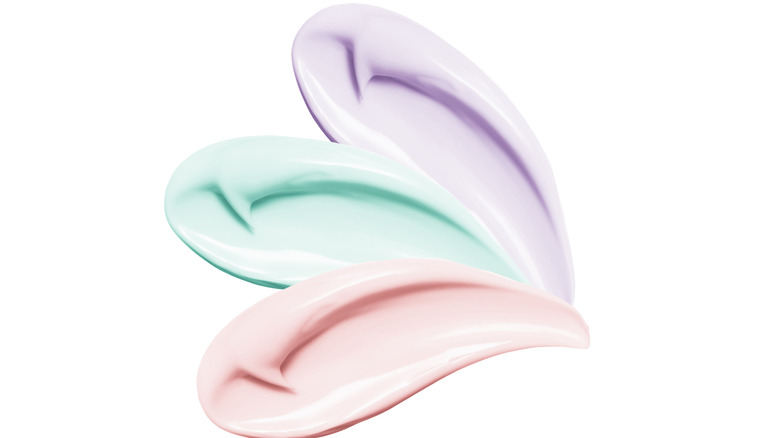
Kat Ka/Shutterstock
After choosing the right color for you, applying the corrector at the proper time and the correct area is crucial.
As per Ipsy, if you want to cover up dark circles, use a V-shape at each corner of the eye to cover the dark circle area. Afterward, blend with a small brush and then apply foundation on top. For redness and acne spots, just dab the correct color corrector on the affected area before mixing it in carefully into the skin. To brighten up dull skin, apply the purple color corrector in the regions that need some extra help. With any color corrector, make sure to complete your usual skincare routine before to have a clean base you can apply it to.
You will also want to ensure your color corrector has fully absorbed into the skin before applying foundation. Laying foundation while the color corrector is still wet will only smear the product and will no longer allow it to work its magic. Use a small concealer brush to target the areas best and blend the color corrector into the skin.

![Lightskin Face [Definition & Makeup Tips] Makeup Products for lightskin Face](https://glamlipstick.com/wp-content/uploads/2023/09/Makeup-Products-for-lightskin-Face-300x270.jpg)

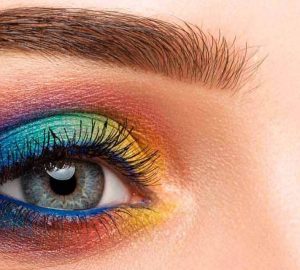
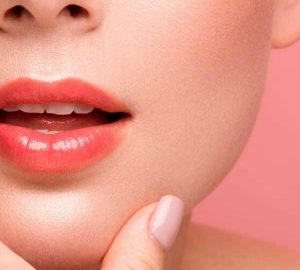

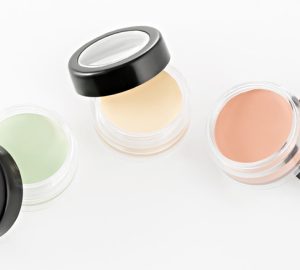
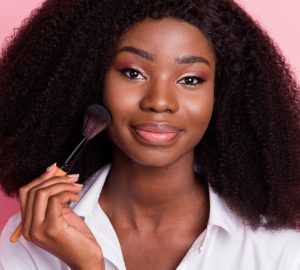
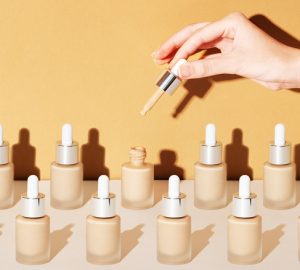
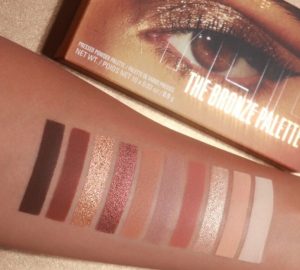
![The Magic of Brown Lip Liners [Overview and MasterClass] Lady applies brown lipstick on her lips](https://glamlipstick.com/wp-content/uploads/2023/09/Lady-applies-brown-lipstick-on-her-lips-300x270.jpg)
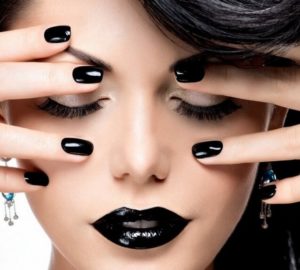
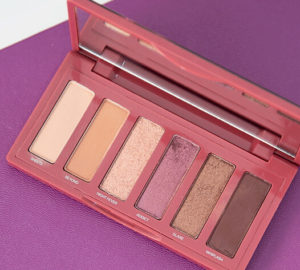
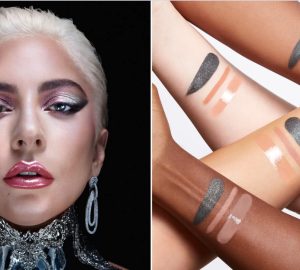


![MAC's Mastery in Nudes [The Best Lipsticks for Every Skin Tone] Best Nude Lipsticks by MAC](https://glamlipstick.com/wp-content/uploads/2023/10/Best-Nude-Lipsticks-by-MAC-300x270.jpg)
